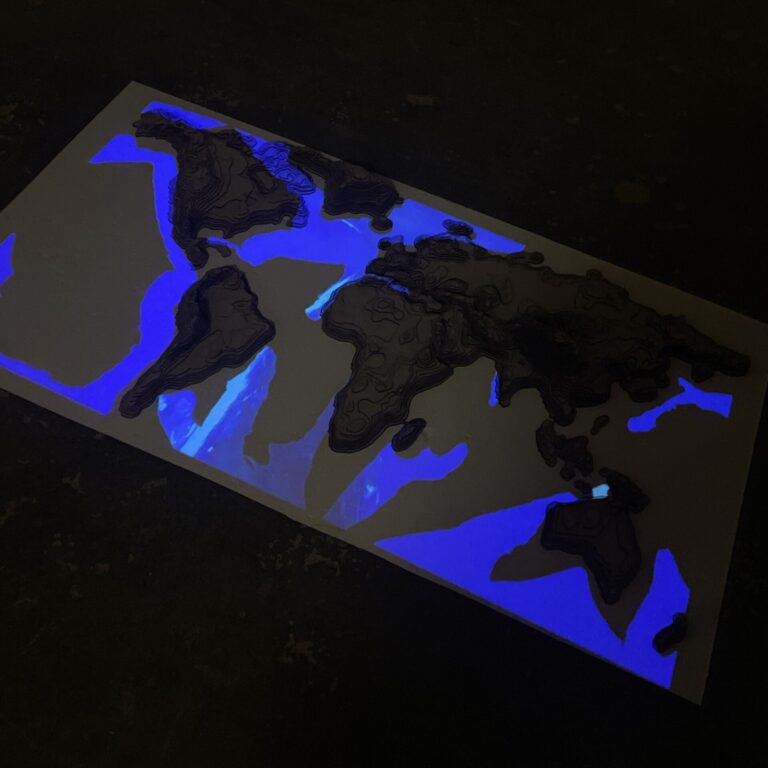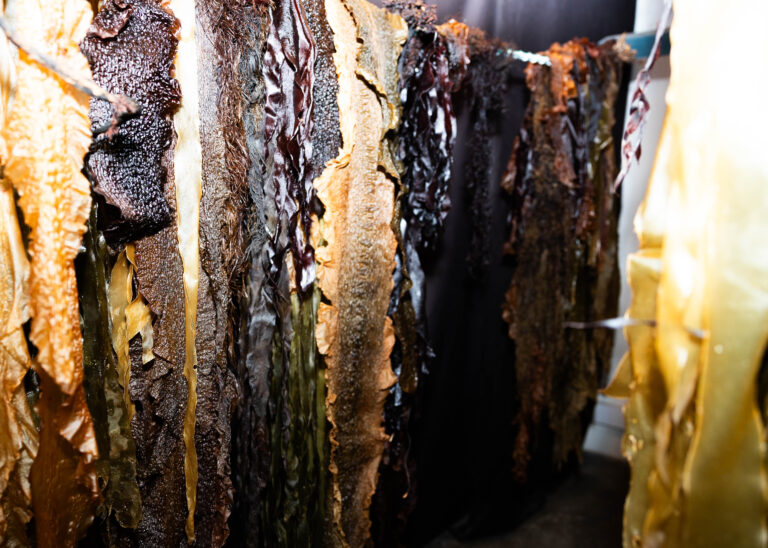Dissecting the Anthropogenic Ocean
Whales rely on sound to navigate the vast oceans by emitting sound waves which bounce off objects and back to the whales, giving them sense of their environment and size of objects. Sound waves travel exceptionally far and fast in water and some whale sounds could be heard from across oceans. With increased shipping traffic and other human activities in the ocean, the whale sounds and songs are drowning in noise pollution. The ocean soundscape has completely changed, for the worse. We, humans, rely on our eyes to see and ears to hear and communicate. Turn the lights off and we lose our sense of direction. Whales, needing to navigate vast oceans where visibility can be limited, mostly rely on their ears to see, hear, and communicate. Fill the oceans with unbearable manmade noises and whales lose their ability to see, hear and communicate. In this project we explore some of the sounds roaming our oceans.


The Clashing of Humans and Whales
This project is an extension of the sound showers.
On the map is shown how humans and whales collide through visual mapping of ship traffic and so-called whale superhighways, the prime routes where whales go to breeding and feeding grounds. This project highlights where man-made pollution in the ocean affects whales and other species the most in the world.


Kelp Curtains
Staying on the topic of man-made noise pollution, Kelp curtains function as barriers for large ships around ocean preservation areas and promote increased sound deadening, absorption of heavy-metals and other marine pollutants, as well as attracting diverse life. Whales can easily swim underneath and through the kelp.


Lifebone
The Lifebone is a speculative project that spawns from a research on the pelvic bone of whales. If a whale strands on land, the lifebone should be returned back to the ocean. This is to ensure that the spirit of the whale does not become lost on land. If the lifebone is returned back to the ocean, the reincarnation of the whale is certain.
The question we ask is: what if the whale was a deeply respected, sacred being in the society of Iceland?

Man, The Whale
Short story about a young and curious whale. The whale’s name is Man and was named after a mythical creature that once saved its mother’s life. Man and its mother swim together across the deep blue oceans.


Whaling
Warning! sensitive content.
We encourage you to face the reality that occurs while whaling. Inside the box is a video footage taken by MAST (The Icelandic Food and Veterinary Authority) onboard a hunting boat from Hvalur hf., showing a whale taking unacceptable long time to die and therefore not being killed in the “right” way.
Video is edited by Micah Garen.
Hvalefnisjöfnun Hf.
Hvalefnisjöfnun hf. is a fictional business concept that encourages you to offset your CO2 footprint by buying a share of a whale. The message of the concept goes two ways: on the one hand it’s a satire on capitalism where people often only see worth in “objects” if they are put into a financial context. Then on the other hand the concept displays the whale’s worth in the ecosystem. Some of the meat from fin whales hunted around Iceland are sold in vending machines in Japan.
Here the meat that ends on our plates has been replaced with share of a living whale since it’s more valuable for us that the whale lives free in the ocean.


Whalefall
In the depths of the ocean, a whale fall occurs when a dead whale sinks to the ocean floor. This enormous skeleton becomes a significant source of nutrients for various creatures that can be found at the bottom of the sea. The remains of the whale become sort of an ecosystem that houses and nourishes deep-sea organisms, creating a temporary community. The whale’s skeleton thus becomes a good host for communities of invertebrates for several decades. It can be said that a feast takes place on the ocean floor. Cheers to that, and cheers to the whale.


Echo Location
Whales, these magnificent giants of the sea, possess extraordinary abilities that set them apart from most other creatures on Earth. It is called echolocation. This remarkable biological sonar system allows whales to navigate the vast, dark depths of the ocean with unparalleled precision, locate prey, and communicate with each other over vast distances.
Echoing is fundamental to survival, evolutionarily honed to perfection over millions of years. The process begins when the whale emits a series of clicks or pulses that travel through the water at an incredible speed of approximately 1,500 meters per second. These sound waves bounce off objects and creatures in their path, including prey or obstacles, and return to the whale. By analyzing the time it takes for echoes to return and the frequency changes in the waves, the whale can create a detailed mental map of its surroundings. As breathtaking as whale echolocation is, it also highlights the importance of preserving their natural habitats and reducing human-caused noise pollution in the oceans. Excessive noise can interfere with their ability to echo effectively, which can lead to disorientation, reduced foraging success and ultimately endanger their lives.
More projects and research can be explored under the “workshop” tab.
